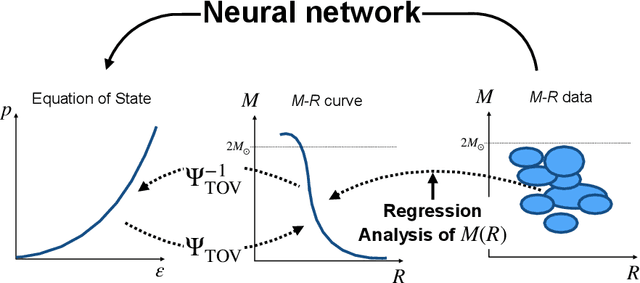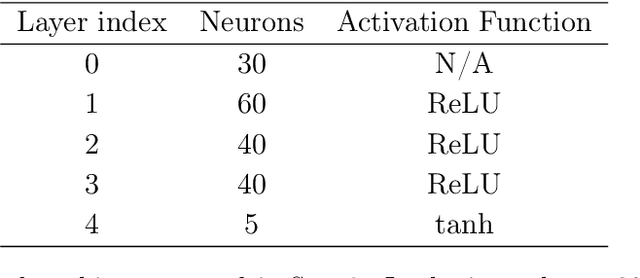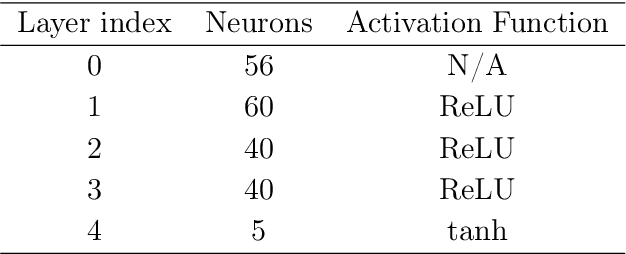Extensive Studies of the Neutron Star Equation of State from the Deep Learning Inference with the Observational Data Augmentation
Paper and Code
Jan 20, 2021



We discuss deep learning inference for the neutron star equation of state (EoS) using the real observational data of the mass and the radius. We make a quantitative comparison between the conventional polynomial regression and the neural network approach for the EoS parametrization. For our deep learning method to incorporate uncertainties in observation, we augment the training data with noise fluctuations corresponding to observational uncertainties. Deduced EoSs can accommodate a weak first-order phase transition, and we make a histogram for likely first-order regions. We also find that our observational data augmentation has a byproduct to tame the overfitting behavior. To check the performance improved by the data augmentation, we set up a toy model as the simplest inference problem to recover a double-peaked function and monitor the validation loss. We conclude that the data augmentation could be a useful technique to evade the overfitting without tuning the neural network architecture such as inserting the dropout.
 Add to Chrome
Add to Chrome Add to Firefox
Add to Firefox Add to Edge
Add to Edge